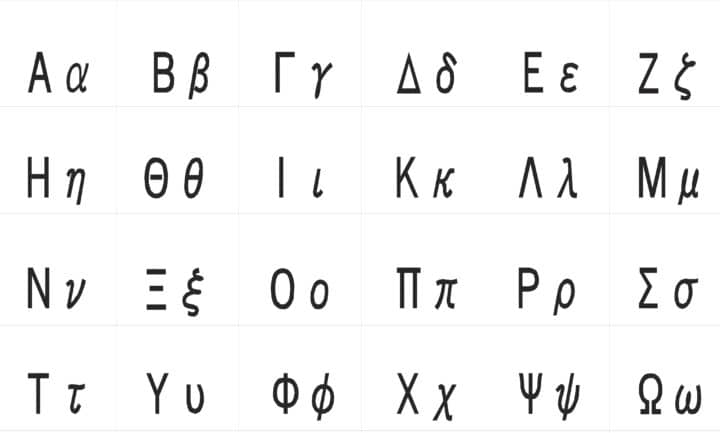 When it comes to learning Greek, it is a good idea to do more than just memorize words, phrases, and sentences. Having a mechanical knowledge of the language is important, as well, because this is what will enable you to form sentences on your own while in conversation. This includes learning about the different types of sentences that you can form.
When it comes to learning Greek, it is a good idea to do more than just memorize words, phrases, and sentences. Having a mechanical knowledge of the language is important, as well, because this is what will enable you to form sentences on your own while in conversation. This includes learning about the different types of sentences that you can form.
One of the most common types of sentences you will need to know about are those that involve the direct object pronouns. Here’s more information about what direct object pronouns are and how to use them in sentences:
Personal Direct Object Pronouns
According to Webster’s Dictionary, the direct object is, ” a word or phrase denoting the receiver of the action of a verb” and a pronoun is, “any of a small set of words in a language that are used as substitutes for nouns or noun phrases and whose referents are named or understood in the context.” Personal direct object pronouns are pronouns that are used in the direct object case of the sentence. This is true in both English and Greek.
Here’s a look at the direct object pronouns in both languages:
- Me – Μου – moo
- You (singular) – σας – sas
- Him – τον – ton
- Her – του – too
- It – το – to
- Us – μας – mas
- You (plural) – σας – sas
- Them (masculine, feminine, neuter) – τους, τις, τα – toos, tis, ta
Greek Sentence Examples With Personal Direct Object Pronouns
Knowing what the pronouns are isn’t quite enough. You also need to know how they are used. Here are some example sentences:
- He gave the book to me. Μου έδωσε το βιβλίο. Moo ethose to vivlio.
- Let me give it to you. Επιτρέψτε μου να σας το δώσω. Epitrepste moo na sas to thoso.
- This pencil is for him. Αυτό το μολύβι είναι γι ‘αυτόν. Afto to molivi eenai yi afton.
- I will give the drink to her. Θα του δώσω το ποτό. Tha too thoso to poto.
- Put the notebook next to it. Βάλτε το σημειωματάριο δίπλα σε αυτό. Valte to simeomatario thipla se afto.
- Mail it to us. Στείλτε μας μήνυμα. Steelte mas minima.
- Leave it with them. Αφήστε το μαζί τους. Afiste to mazi toos.
You don’t necessarily need to work hard at memorizing this. Just read the pronouns and example sentences over a few times. As you work with the Greek language, this concept will become second nature.
The Learn Greek section on GreekBoston.com was written by Greeks to help people understand the conversational basics of the Greek language. This article is not a substitute for a professional Greek learning program, but a helpful resource for people wanting to learn simple communication in Greek.

